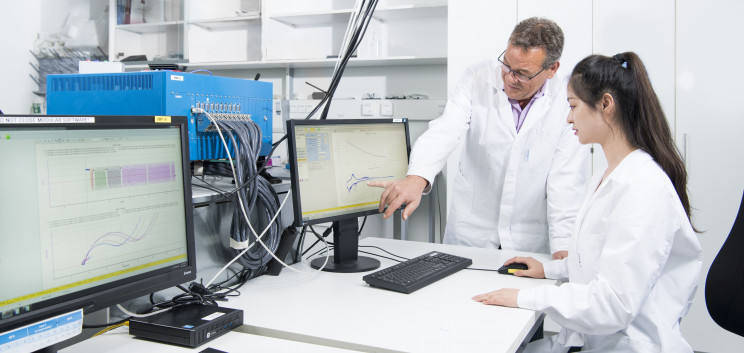The rechargeable lithium-ion batteries have transformed portable electronics and have become the technology of choice for electric vehicles. However, lithium-ion battery or Li-ion battery has its limitations. One of the major downsides of lithium-ion battery is that it suffers from aging before realizing its full charging potential.
Researchers from Helmholtz Institute Ulm-Karlsruhe Institute of Technology (HIU-KIT) in Germany have found a solution to improve the efficiency of Li-ion batteries. They have built a lithium-metal battery with a new combination of materials – cathodes and electrolytes.
German scientists have applied a new combination of cathodes and electrolytes to improve the stability of lithium-metal batteries.
To improve the stability of lithium-metal batteries, scientists used a low-cobalt, nickel-rich layered cathode (NCM88) that offers a high energy density. The other material was a commonly available organic electrolyte (LP30).
Scientists were able to create a battery with an energy density of 560 watt-hours per kilogram and Coulombic efficiency of 99.94%. This battery has capacity retention of 88% over 1,000 cycles.
Why does the storage capacity of the battery decreases as the number of charging cycles increases?
As per Professor Stefano Passerini, Director of the HIU and head of the battery electrochemistry research group: “In the LP30 electrolyte, particle cracks occur on the cathode. The electrolyte reacts within these cracks and destroys the structure. In addition, a thick, moss-like lithium-containing layer forms on the cathode.
” The researchers, therefore, used a non-volatile, non-flammable ionic liquid electrolyte with two anions (ILE) instead. “With the help of the ILE, the structural changes in the nickel-rich cathode can be significantly reduced,” reports Dr. Guk-Tae Kim from the Battery Electrochemistry Research Group at HIU.







